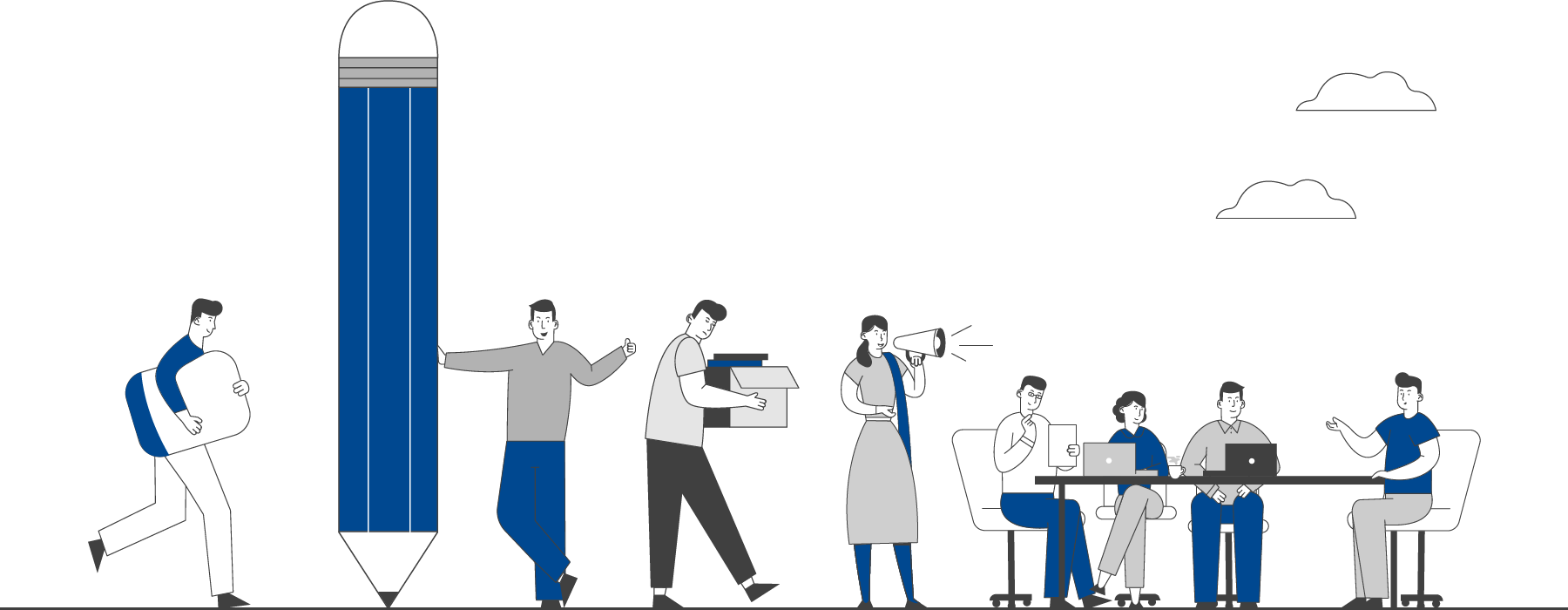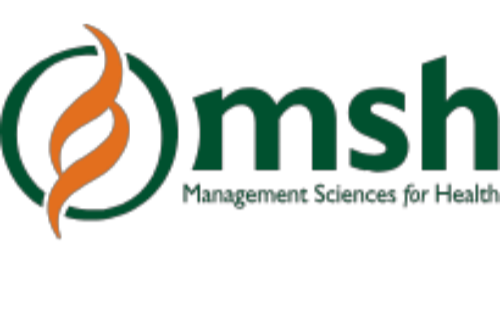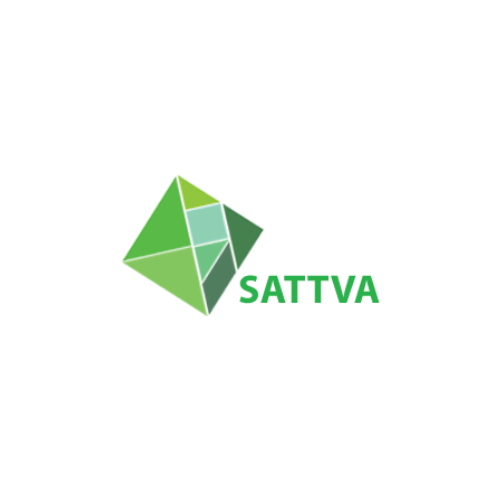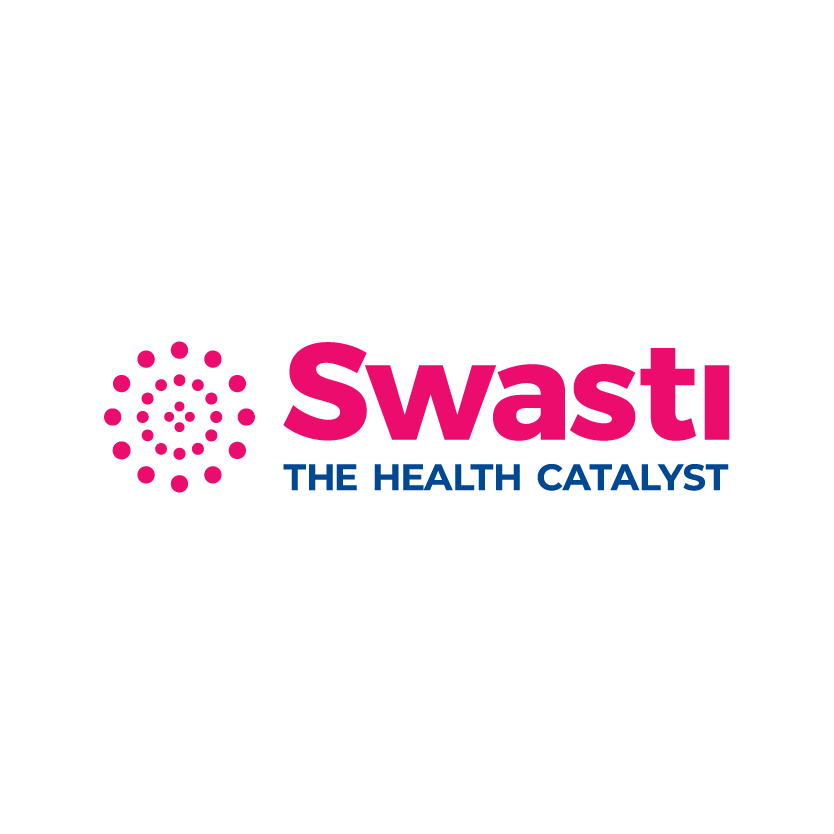

This section hosts guidelines, manuals and toolkits to strengthen public health practice.
Resources
FILTER
BY CATEGORY
View All
COVID‐19 and India's vulnerable indigenous populations
06 May 2022by Govindasamy Agoramoorthy | Minna J. Hsu OVER 1 HOUR
Over 100 million people from various indigenous groups live in India, and they are known locally as "Adivasi," which means "ancient inhabitants." Despite the fact that India imposed the lockdown from late March to the end of May 2020, little is known about how it will affect indigenous communities. Indigenous communities in India account for 8% of the total population, with 25% of them classified as the poorest (Government of India, 2011). The indigenous peoples of India live in remote areas with inadequate healthcare. They also lack timely awareness to deal with the COVID-19 outbreak effectively. To make matters worse, for more than half of the vulnerable indigenous groups, no baseline data is available. As a result, indigenous communities are far more vulnerable to COVID-19 than other communities.
The indigenous population is more vulnerable to the pandemic due to a lack of adequate health care facilities and a scarcity of clean water, sanitation, and personal protective equipment. Furthermore, the indigenous population is the most socioeconomically marginalized, so fewer scientific studies are conducted to understand the actual infectious disease burden faced by them. The Indian government must work with indigenous groups to implement public health policies while respecting their traditional views on diseases and treatments. The government must uphold their right to self-governance, which was made a priority by the United Nations Declaration on the Rights of Indigenous Peoples in 2007.
Related File :
177586368.pdfCategories
COVID-19

 EXPLORE DATA
EXPLORE DATA 



























